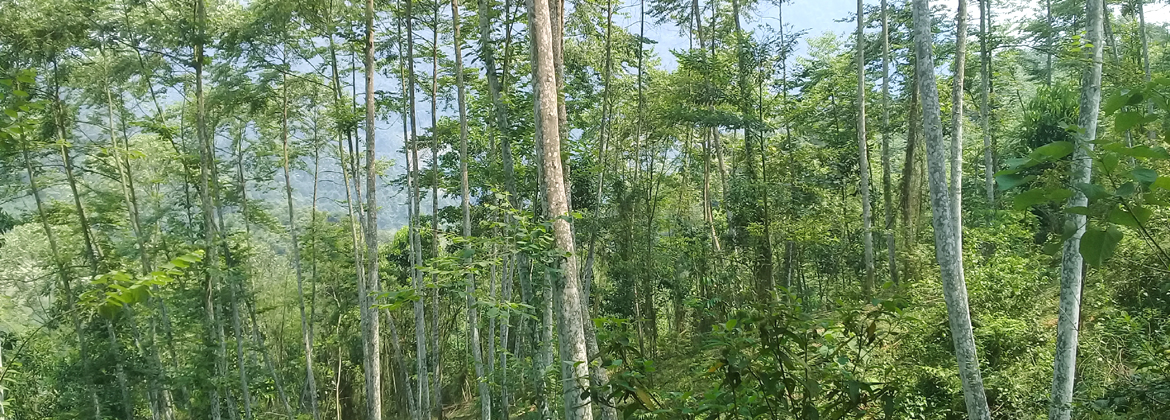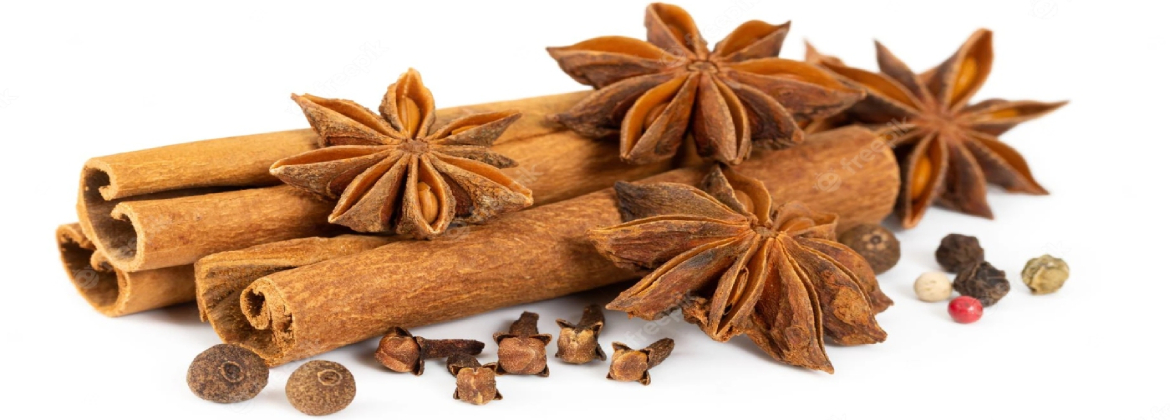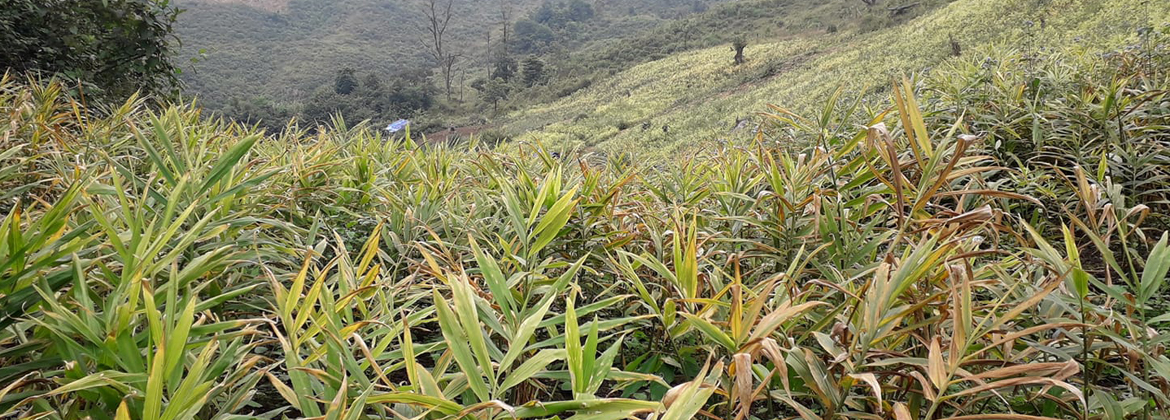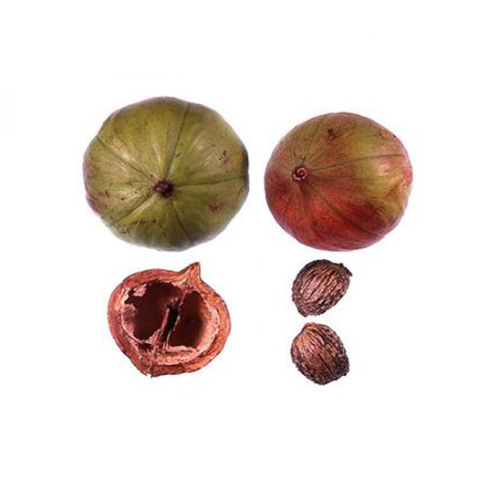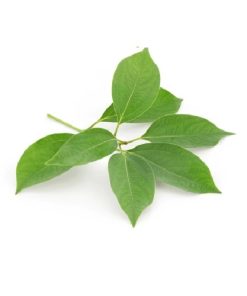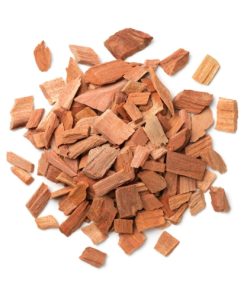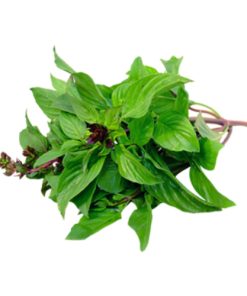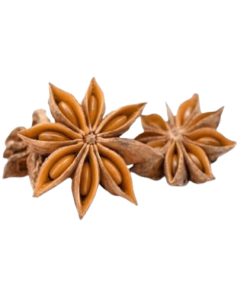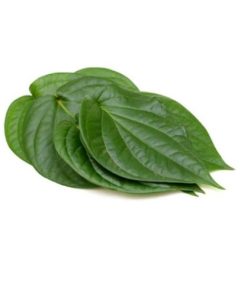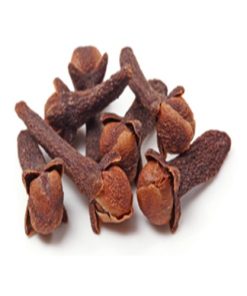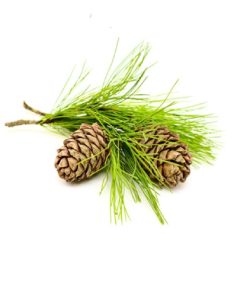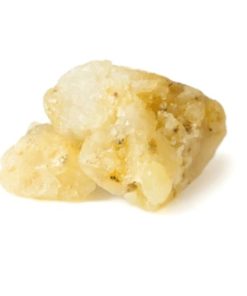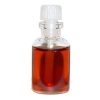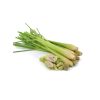TUNG OIL
Specifications:
Botanical Name: Vernicia fordii
100% pure & natural
Origin country: Vietnam
Part use: Seeds
Extraction: Virgin/Unrefined/Cold Pressed
Apprence: Transparent or slightly turbid yellow liquid
Color – Viscous liquid slightly amber
Odor – Typical
Package: drum 1000kg
Shelf Life: Minimum of 5 years
5.000 $
General Information:
Vernicia montana is a shrub or tree growing up to 15 metres tall. The straight bole can be 25cm in diameter. The plant is evergreen in suitable climates, but can lose its leaves in areas with cold or dry seasons. The tree is often cultivated in tropical and subtropical areas for the valuable oil obtained from its seeds. The tree is sometimes planted as an ornamental and to provide shade.
Tung Oil Properties:
Item |
Specification |
Results |
Apprence |
Transparent or slightly turbid yellow liquid with inherent tung oil odor |
Transparent or slightly turbid yellow liquid with inherent tung oil odor |
Color (gardner) |
8.0 max |
7.5 |
Specific gravity (20°C) |
0.935 – 0.940 |
0.9387 |
Refractive index (20°C) |
1.516 – 1.555 |
1.5200 |
Iodine value(WIJS) |
163 – 173 |
166,5 |
Saponification value |
190 – 196 |
192,9 |
Moisture & Impurities |
0.1% max |
0.02 |
Free fatty acid |
6.0% max |
2,2 |
Worstall’s heat test |
7.5 minutes max |
7’ 05’’ |
Beta Tung oil test |
No crystalline precipitate |
Negative (no crystallization) |
Uses Notes:
The seeds contain 14 – 20% of a quick-drying oil, called ‘abrasin oil’. This could easily mean that the seeds themselves contain 42 – 60% oil. Because of its similarity to ‘tung oil’ (from Vernicia fordii), the oils are often treated together as tung oil. The oil is used traditionally in the manufacture of paints and Chinese black ink; for waterproofing cloth and paper; caulking and painting ships; and as a lamp oil. It was also formerly used for insulating electric wires. Currently, its main use is in the production of paints and inks, while low-quality oil is processed into soap or linoleum. Tung oil which is sold for maintaining fine furniture is usually refined tung oil.
Developments in environmental and health regulations have led to an increasing use of tung oil to line containers for food, beverages and medicines with an insulating coating. The main fatty acid of the oil is alpha-eleostearic acid . In eleostearic acid, the 3 double bonds are conjugated making them highly reactive. Under the influence of light or catalysts such as sulphur and iodine, alpha-eleostearic acid converts to beta-eleostearic acid, which is even more reactive and spontaneously polymerizes into a solid mass. The fatty acid composition of the oil is: α-eleostearic acid 75 – 80%, palmitic acid 4%, stearic acid about 1% and oleic acid 15%.
Traditionally, the fruits are collected when still green, placed in heaps and covered with straw or grass. The fruit pulp is allowed to rot until the seeds can be easily removed. The seeds are then crushed in a mill and roasted for a short time in shallow iron pans. The crushed mass is then thoroughly steamed and subsequently the fluid is pressed out of the cake yielding commercial wood oil.
In modern processing, hulling of fruits is done by hand or mechanically. The seeds are then dried and shelled mechanically, after which the kernels are ground with some shell added to facilitate oil extraction. Cold-expression is done in screw presses yielding a clear, light-coloured oil.
The cake may subsequently be warm-pressed or solvent-extracted to increase the yield, but the product is of lower quality.
The press cake, after extraction of the oil, is a good fertilizer, but it is poisonous and cannot be used as animal feed.
The wood is white, soft and perishable. It is only suitable for simple construction, core-stock for plywood, paper pulp.
The wood is used for fuel.
Specification
CERTIFICATE OF ANALYSIS
Số: CA 12/2023/TUNG
Product name |
TUNG OIL |
INCI name |
Vernicia fordii Seed Oil |
Ingredient |
100% pure & natural |
Batch No. |
TUNG1223 |
MFG |
12/2023 |
EXP |
12/2028 |
Original |
Vietnam origin |
Botanical Source |
Vernicia fordii |
Cas No. |
8001-20-5 |
EINECS No |
232-272-3 |
Items |
Specifications |
Results |
Apprence |
Transparent or slightly turbid yellow liquid with inherent tung oil odor |
Transparent or slightly turbid yellow liquid with inherent tung oil odor |
Color (gardner) |
8.0 max |
7.5 |
Specific gravity (20°C) |
0.935 – 0.940 |
0.9387 |
Refractive index (20°C) |
1.516-1.555 |
1.5200 |
I ốt Iodine value (WIJS) |
163-173 |
166.5 |
Saponification value |
190-196 |
192.9 |
Moisture & Impurities |
0.3% max |
0.018 |
Free fatty acid |
6.0% max |
2.2 |
Acid value |
6.0% max |
4.4 |
Worstall’s heat test |
7.5 minutes max |
7’ 05’’ |
Beta Tung oil test |
No crystalline precipitate |
Negative (no crystallization) |
Application:
The largest application for the oil is paint and varnish, and also wide utilized by soap, inks, electrical insulators, furniture, shipbuilding, etc.
MSDS
MATERIAL SAFETY DATA SHEET
(according to Regulation (EU) No. 1907/2006)
Product name: Tung Oil
Number: TUNG1223
1. IDENTIFICATION OF SUBSTANCE/PREPARATION & COMPANY.
Product name: Tung Oil
Manufacturer/Supplier: Vietnam Essential Oil., JSC
Add: Bai Dai Village, Tien Xuan Commune, Thach That Dist, Hanoi City, Vietnam Emergency telephone: +84 903561868
Emergency Contact: Mr. Peter Tron
2. COMPOSITION / INFORMATION ON INGREDIENTS.
Definition/Botanical Origin: Definition: The Litsea Cubeba Oil obtained by press the seeds of Vernicia fordii original from Vietnam
Composition: 100% pure & natural Tung Oil
CAS No: 8001-20-5
EINECS No: 232-272-3
INCI Name: Vernicia fordii seeds Oil
3. HAZARDS IDENTIFICATION:
This product is not hazardous. Not dangerous for the environment.
H304 May be fatal if swallowed and enters airways
H315 Causes skin irritation
H317 May cause an allergic skin reaction
H319 Causes serious eye irritation
4. FIRST-AID MEASURES:
Inhalation: Remove from exposure site to fresh air. Keep at rest. Obtain medical attention.
Eye contact: Rinse immediately with plenty of water for at least 15 mins. Contact a doctor if symptoms persist.
Skin contact: Remove contaminated clothes. Wash thoroughly with soap & water, flush with plenty of water. If irritation persists, seek medical advice.
Ingestion: Rinse mouth out with water. Seek medical advice immediately.
Other: When assessing action take Risk & Safety Phrases into account (Section 15)
5. FIRE FIGHTING MEASURES.
Extinguishing media Use CO2, Dry Powder or Foam type Extinguishers, spraying extinguishing media to base of flames. Do not use direct water jet on burning material.
Special measures: Avoid vapour inhalation. Keep away from sources of ignition. Do not smoke. Wear positive pressure self-contained breathing apparatus & protective clothing.
Extinguishing procedures: Closed containers may build up pressure when exposed to heat and should be cooled with water spray.
6. ACCIDENTAL RELEASE MEASURES.
Personal precautions: Avoid inhalation & direct contact with skin & eyes. Use individual protective equipment (safety glasses, waterproof-boots, suitable protective clothing) in case of major spillages.
Environment precautions: Keep away from drains, soils, surface & groundwaters.
Cleaning up methods Remove all potential ignition sources. Contain spilled material. Cover for spillages: with an inert or non-combustible inorganic absorbent material, sweep up and remove to an approved disposal container. Observe state, federal & local disposal regulations.
7. HANDLING & STORAGE.
Precautions in handling: Apply good manufacturing practice & industrial hygiene practices, ensuring proper ventilation. Observe good personal hygiene, and do not eat, drink or smoke whilst handling.
Storage conditions: Store in tightly closed original container, in a cool, dry & ventilated area away from heat sources & protected from light. Keep air contact to a minimum.
Fire protection: Keep away from ignition sources & naked flames. Take precautions to avoid static discharges in working area.
8. EXPOSURE CONTROLS/PERSONAL PROTECTION.
Respiratory protection: Avoid breathing product vapour. Apply local ventilation where possible. Ventilation: Ensure good ventilation of working area.
Hand protection: Avoid all skin contact. Use chemically resistant gloves if required. Eye protection: Use safety glasses.
Work/Hygiene practices: Wash hands with soap & water after handling.
9. PHYSICAL & CHEMICAL PROPERTIES.
Appearance: Clear, Mobile Liquid
Colour: Yellow
Odor: Having a characteristic
Specific gravity: Not applicable
Refractive index: Not applicable
Solubility in water: Insoluble
pH: not applicable
Flash Point: >100°C.
Solubility in water: Insoluble
10. STABILITY & REACTIVITY.
Reactivity: It presents no significant reactivity hazards, by itself or in contact with water. Avoid contact with strong acids, alkali or oxidising agents.
Decomposition: Liable to cause smoke & acrid fumes during combustion: carbon monoxide, carbon dioxide & other non-identified organic compounds may be formed.
11. TOXICOLOGICAL INFORMATION.
According to current information, not classed as hazardous to health in normal industrial use.
12. ECOLOGICAL INFORMATION.
Biodegradability: Data not available
Precautions: Prevent surface contamination of soil, ground & surface water.
13. DISPOSAL CONSIDERATIONS.
Avoid disposing to drainage systems and into the environment. Seek expert advice.
14. TRANSPORT REGULATIONS.
Shipping by Road (ADR/RID): This product is not considered as dangerous goods
Shipping by Air (IATA) : This product is not considered as dangerous goods
Shipping by Sea (IMDG): This product is not considered as dangerous goods
Precaution: When shipping as non-bulk, this product can be shipped as Non Regulated.
Packing: Safety packing in HDPE or Aluminum drum
Label: Tung Oil
15. REGULATORY INFORMATION. According to Directive 88/379/EEC
Hazards: Harmful
Symbols: n/a
Risk Phrases: Harmful if swallowed
Safety Phrases: If swallowed seek medical advice immediately and show the container / label
16. OTHER INFORMATION.
Cosmetics Directive – 7th Amendment – Not Restricted Check maximum usage levels for skin care products.
PACKAGING:
Type |
Suitability |
Glass |
Yes |
Lacquer lined steel/tin |
Yes |
Aluminum |
Yes |
HDPE |
Yes |
SHELF LIFE:
Best before 5 years from the date of manufacture.
Q.C. REQUIREMENTS.
In-line with general product specification. Always satisfy suitability for specific application.
The data provided in this material safety data sheet is meant to represent typical data/analysis for this product and is correct to the best of our knowledge. The data was obtained from current and reliable sources, but is supplied without warranty, expressed or implied, regarding its’ correctness or accuracy. It is the user’s responsibility to determine safe conditions for the use of this product, and to assume liability for loss, injury, damage or expense arising from improper use of this product. The information provided does not constitute a contract to supply to any specification, or for any given application, and buyers should seek to verify their requirements and product use.
GC/MS
CERTIFICATE OF ANALYSIS
Số: CA 12/2023/TUNG
Product name |
TUNG OIL |
INCI name |
Vernicia fordii Seed Oil |
Ingredient |
100% pure & natural |
Batch No. |
TUNG1223 |
MFG |
12/2023 |
EXP |
12/2028 |
Original |
Vietnam origin |
Botanical Source |
Vernicia fordii |
Cas No. |
8001-20-5 |
EINECS No |
232-272-3 |
Items |
Specifications |
Results |
Apprence |
Transparent or slightly turbid yellow liquid with inherent tung oil odor |
Transparent or slightly turbid yellow liquid with inherent tung oil odor |
Color (gardner) |
8.0 max |
7.5 |
Specific gravity (20°C) |
0.935 – 0.940 |
0.9387 |
Refractive index (20°C) |
1.516-1.555 |
1.5200 |
I ốt Iodine value (WIJS) |
163-173 |
166.5 |
Saponification value |
190-196 |
192.9 |
Moisture & Impurities |
0.3% max |
0.018 |
Free fatty acid |
6.0% max |
2.2 |
Acid value |
6.0% max |
4.4 |
Worstall’s heat test |
7.5 minutes max |
7’ 05’’ |
Beta Tung oil test |
No crystalline precipitate |
Negative (no crystallization) |
Application:
The largest application for the oil is paint and varnish, and also wide utilized by soap, inks, electrical insulators, furniture, shipbuilding, etc.
Review
ss


